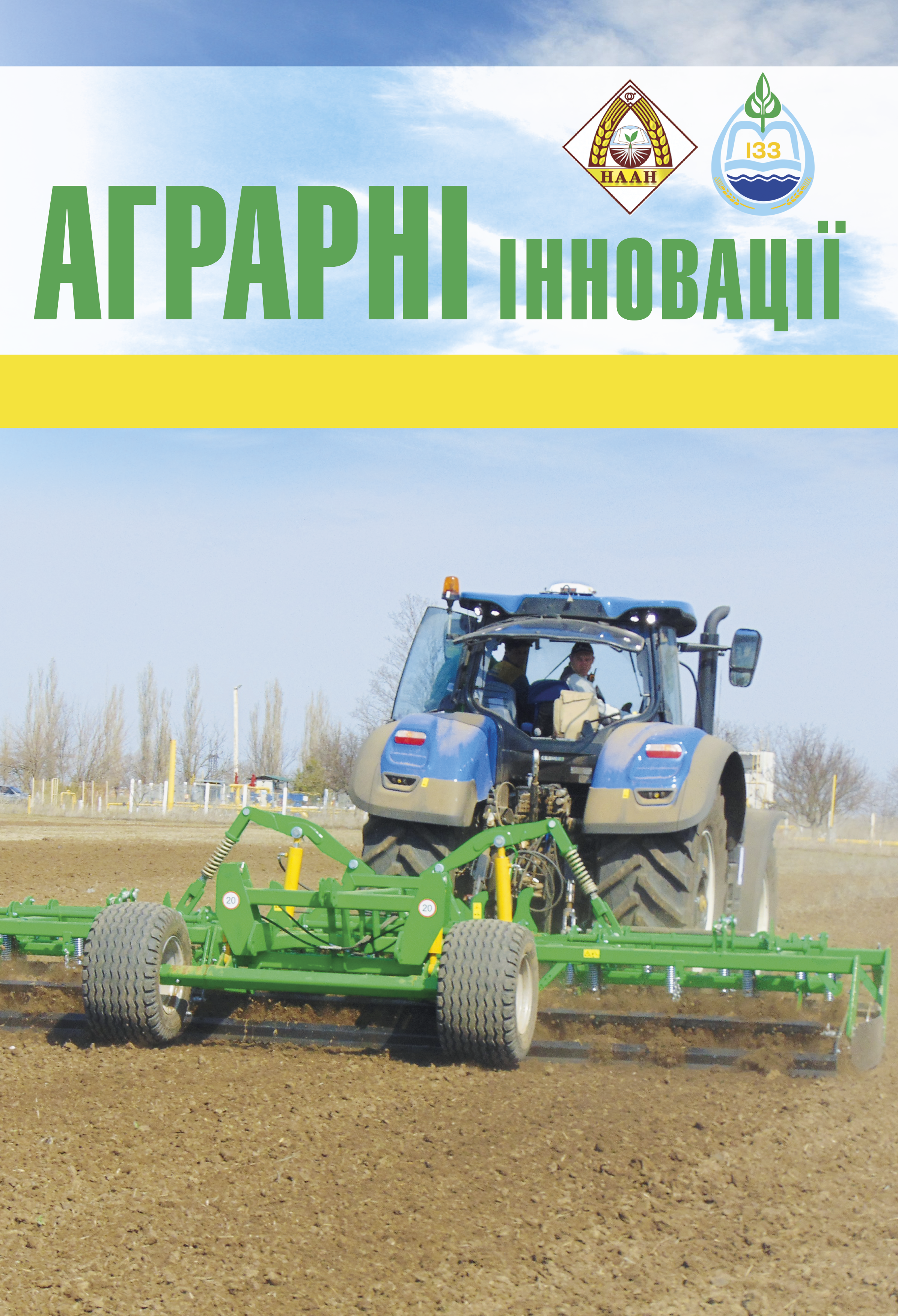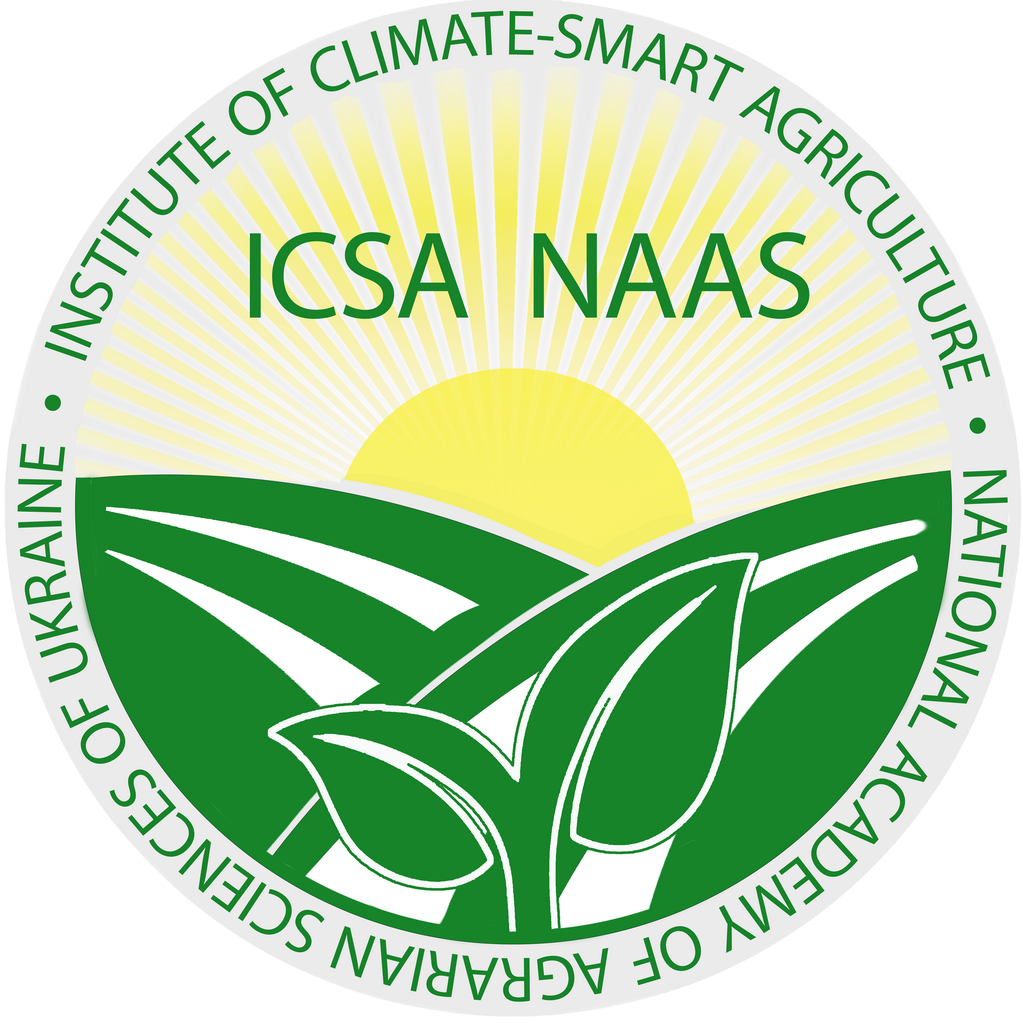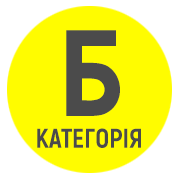Comparative productivity of winter wheat crops after meadow clover and white burkun
Abstract
The best predecessors of winter wheat are perennial grasses. In modern conditions of the agricultural industry, the areas of perennial grasses are scarce due to insufficient volumes of animal husbandry. Under such conditions, it is promising to saturate crop rotations with leguminous perennial grasses of short growing season: meadow clover and white burkun. And if meadow clover is a traditional predecessor of winter wheat, then there is very little data on the influence of white sedge, as a predecessor of winter wheat, on its yield. Goal. To determine the productivity of winter wheat depending on the predecessors: meadow clover and white burkun. Methods. Winter wheat of the Bohemia variety was sown on September 25 with a sowing rate of 5 million/ha of similar seeds after two predecessors: meadow clover and white burkun, which were harvested for hay. The technology of growing winter wheat was generally accepted for the right-bank forest-steppe. The results. At the stage of full germination, the density of winter wheat plants was 4.27 million pcs./ha. Field seed germination was the same, reaching 85.4%. During the spring recovery of winter wheat vegetation, its density was 2.94-3.18 million units/ha. The highest density was observed after the predecessor of the white grunt, and the lowest – after the meadow clover was 7.5% less. At the time of full ripeness of winter wheat, its seeding density continued to decrease, reaching 1.12-1.45 million units/ha. The largest number of winter wheat plants survived after the predecessor of the meadow clover, and the smallest – after the white sedge. Conclusions. The highest grain yield of winter wheat is observed after the predecessor of meadow clover – 5.8 t/ha, which was 10.2% higher than after white clover. The higher productivity of winter wheat crops after meadow clover is ensured by a greater number of productive stems – 799 pcs./m2, which was 16.5% more than after the predecessor of white clover.
References
2. Дорофєєв О.В. Напрями нарощення експортного потенціалу підприємств зернової галузі України. Український журнал прикладної економіки. 2020. Том 5. № 2. С. 197–205. DOI: 10.36887/2415-8453-2020-2-24
3. Єрашова М.В. Формування елементів структури врожайності різних сортів пшениці озимої залежно від умов вирощування. Вісник ПДАА. 2021. № 2. С. 86–92.
4. Сайко В.Ф. Сівозміни у землеробстві України. К.: Аграрна наука, 2002. 146 с.
5. Ткачук О.П. Урожайність пшениці озимої після нетрадиційних попередників. Агроном. 2024. № 2 (84). С. 44-48.
6. Ткачук О.П. Урожайність пшениці озимої (Triticum aestivum L.) після нетрадиційних попередників у короткоротаційних кормових сівозмінах. Зернові культури. 2023. Том 7. № 1. С. 170–177.
7. Ткачук О.П. Еколого-економічна та біоенергетична оцінка технологій вирощування пшениці озимої після бобових багаторічних трав. Зернові культури. 2022. Том 6. № 1. С. 124 – 132.
8. Ткачук О.П. Фітосанітарний стан агроекосистеми пшениці озимої залежно від попередників бобових багаторічних трав. Вісник Уманського національного університету садівництва, 2021. № 1. С. 30 – 33.
9. Мойсейченко В.Ф., Єщенко В.О. Основи наукових досліджень в агрономії: підруч. Київ: Вища школа, 1994. 334 с.






